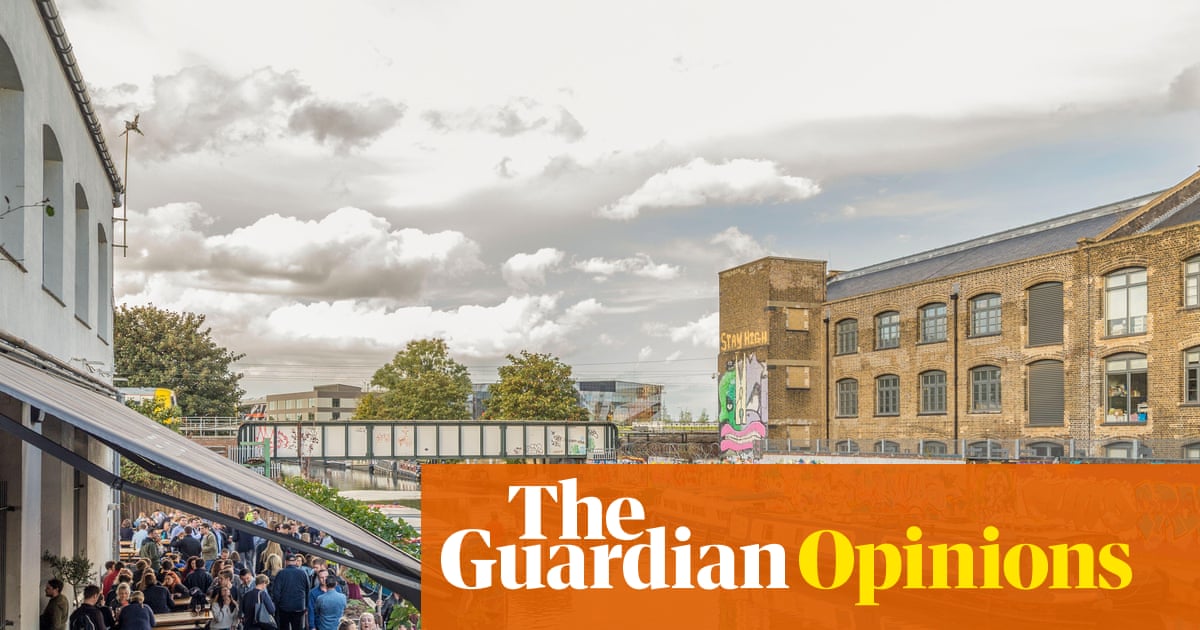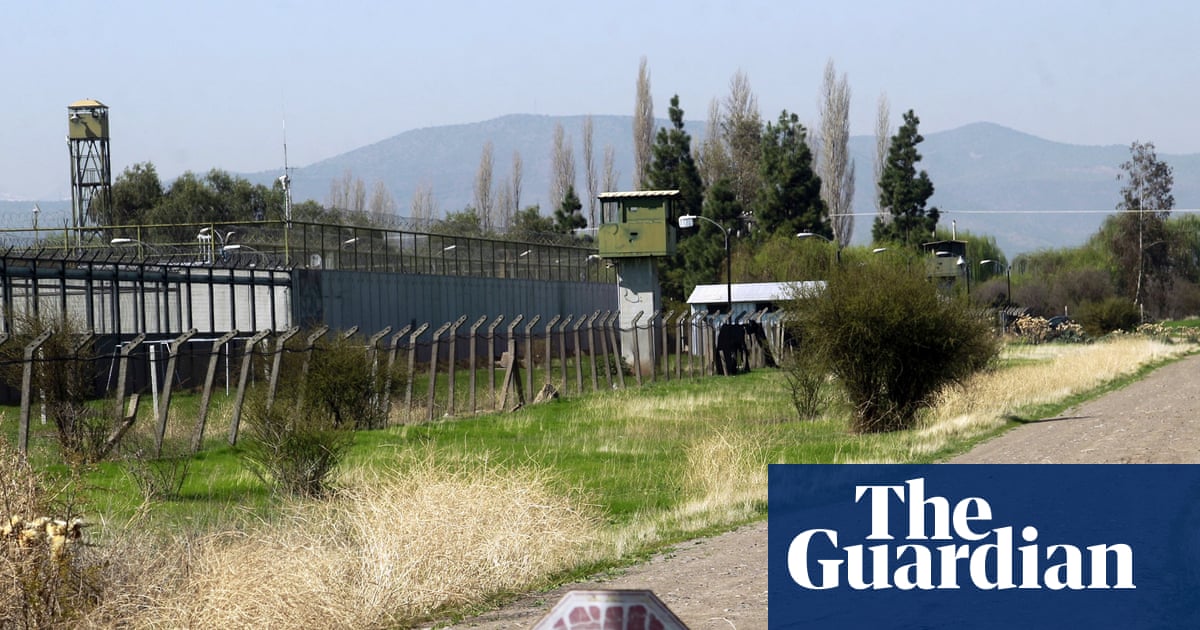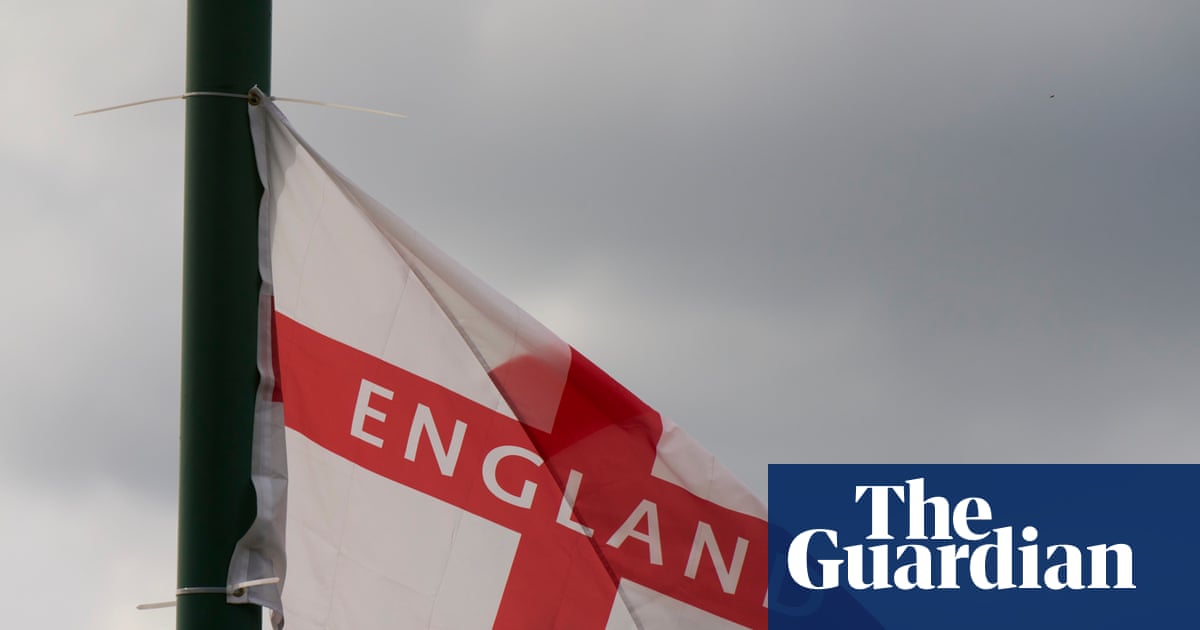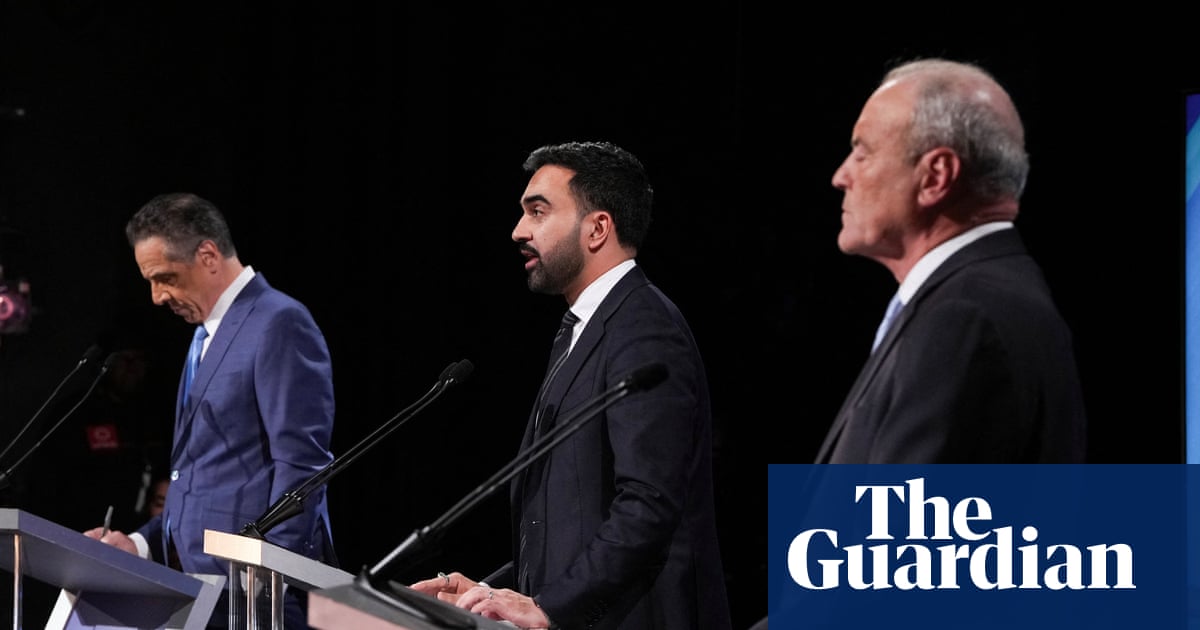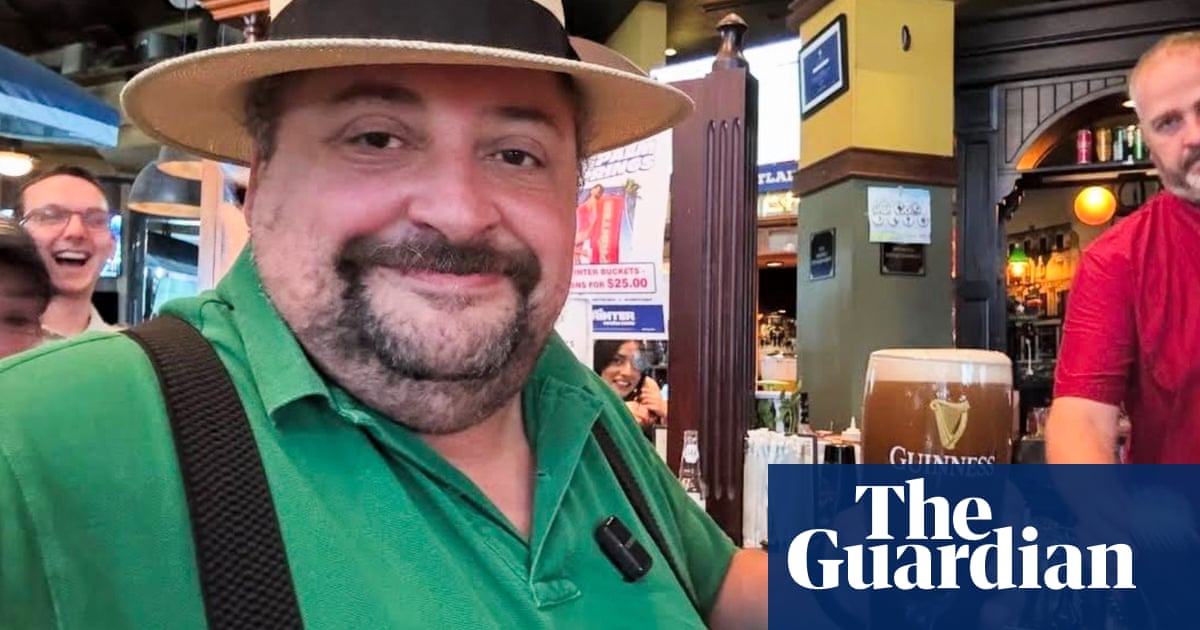It is the first day of Photo Oxford’s fifth edition but the first venue I arrive at, Maison Française, is closed. Is this what Roland Barthes meant when he wrote that “in order to see a photograph well, it is best to look away”?
There is at least an exhibition outside – one of the 30 shows in the city’s community spaces, churches, colleges and pubs that are part of the festival this year. Michael Christopher Brown’s 90 Miles refers to the distance between Havana and Florida, a perilous stretch of ocean crossed by many Cubans fleeing the country on DIY boats – a record number between 2022 and 2023. Brown uses AI the way draftsmen created illustrations for newspapers before photography. He has collected eye witness accounts, news stories and historical reportage of Cuba’s history from Castro to today, and used them as prompts for the software. In one image, the figures positioned on and around a classically Cuban vintage car, strangely stranded in a turbulent ocean, have warped faces and limbs that melt and drip like a Francis Bacon painting. These aren’t real images – but they are truthful.
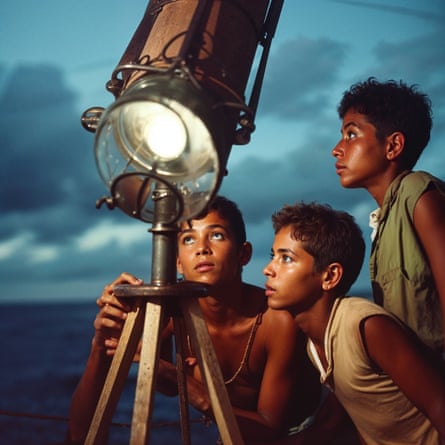
Truth is the theme of the festival, a perennial issue hanging over photography; the unresolved relationship between the reality of a picture and the truth it bears.
Another host venue is locked – I’m told to wander down someone’s garden path and ring the bell. Inside a private home is a solo exhibition by Timon Benson, a young portraitist of Instagram-fame. Voice of Matter represents a more experimental approach to portraiture that is still new – and still feels tentative. Benson’s desire is to translate feeling into photography, and his pictures are soft-spoken, watery-eyed. In his pursuit of a more truthful image, Benson has also abandoned the camera completely to create luminograms, exposing paper directly to light. It doesn’t quite hold together yet but the sentiments are sincere.

Emotions amp up at Old Fire Station, with psychologically charged, rage-and-pain-fuelled works by Lydia Goldblatt, Jenny Lewis and Heather Agyepong. Goldblatt’s Fugue is a series of vignettes and poems about early motherhood, its loneliness and claustrophobia, combustible anger and bittersweet bliss, all intensified by sleeplessness and by being a body who is depended on.
Lewis’s Unbecoming, meanwhile, describes in images interminable and invisible suffering – the artist has a hereditary autoimmune condition. Small, domestic, interior pictures of her bathroom and bedroom, bathed in a supernatural light, evoke the stifling confinement and discomfort of being physically restrained. Some are mounted on aluminium – reminiscent of the sharp, clinical coldness of surgical tools. It’s beautifully done. These are dovetailed with a beguiling triptych by Agyepong inspired by Jungian theories of the shadow self. Each self-portrait is layered to abstraction, achieved with double exposures: masterful effects of light and diaphanous fabrics in melancholic blue hues. It’s a tear-jerking slow-burn of a show that questions not only photography but the visual as an arbiter of truth.
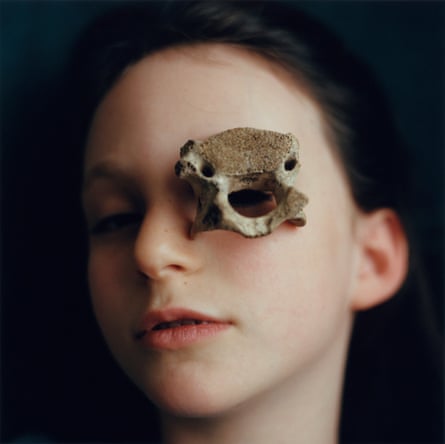
I go back to Maison Française – it’s now open (it turns out every venue has different and confounding opening times). Haley Morris-Cafiero’s What Does An Ideal Employee Look Like? is my reward for perseverance: six large, absurd, corporate-style headshots – pitch-perfect performances with a deadpan glazed stare at the camera. Morris-Cafiero is an acerbic self-portraitist, and for this new work, she dabbled with an AI software that purports to assess the employability of prospective candidates according to personality characteristics and physical appearance.
Unsurprisingly, the algorithm favours classically “western features”, so the artist decided to dupe the machine by manipulating her face with sticky tape to mimic desirable facial structures. The pictures were taken when she achieved a peak score and looked like an ideal corporate employee, according to the algorithm. Except of course, even in her drab cardigan, she looks far from it. It’s a hilarious face-off with AI, but there is a sinister truth buried in the goofiness. She has also set up a laptop with a camera so you can be surveilled for hire yourself.
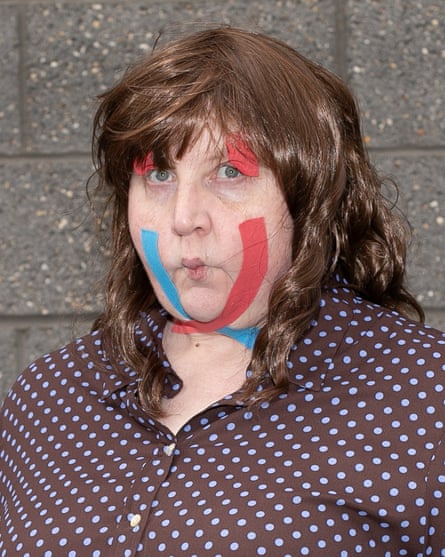
Photo Oxford’s unforgettable show this year is to be found in the dank-smelling, sticky-floored basement room of the city’s renowned gay pub the Jolly Farmers. “I like dirt,” says Phil Polglaze, the 74-year-old photographer who is showing his work down here. His prints are still being stuck up on the wall with bits of Sellotape when I stumble in – all of them black and white photographs of public toilets in London.
These aren’t bog-standard pictures of bogs, however. From 1979 until 1996, Polglaze worked with a criminal defence barrister to produce pictures that could be used in court to prove the innocence of men who were on trial for gross indecency after cottaging. Sometimes he would reconstruct the scenes or use his camera angles to show whether a witness would have seen the alleged crime or not. One reconstruction in Blackheath demonstrated that what police claimed they had seen was physically impossible – a man being masturbated by another man from the adjacent cubicle.
Polglaze has exhibited these pictures only once before – in a pub in Cumbria. He hasn’t published or printed most of his archive and has no internet presence. In these lines of stinking urinals and grimy cubicles, there is a sense of danger – but also the poignant fact that for years, places like these were used by members of a community to reach out to one another – until that privacy was violated too. Polglaze says he wanted to remain neutral when he took the pictures, for the sake of the cases, but looking at them outside their legal context they read differently, as if he is reclaiming ownership of them, of the grime and all. What happened in these toilets is a key part of British culture and history that, thanks to Polglaze’s monumental archive, can’t be ignored.
The British art world today is too slick and sleek – after two weeks of glamorous fairs and fancy balls, Photo Oxford is a refreshing dose of DIY, disorder and the downright uncommercial.

 8 hours ago
8
8 hours ago
8





